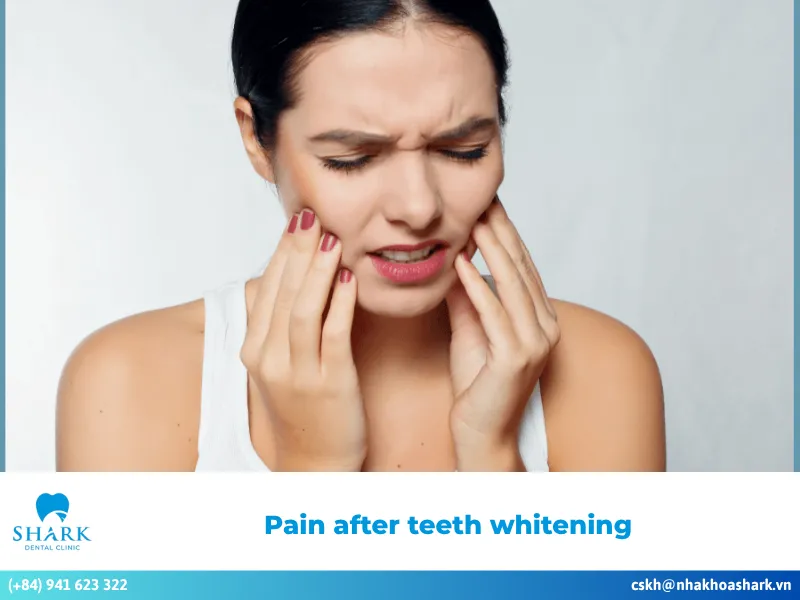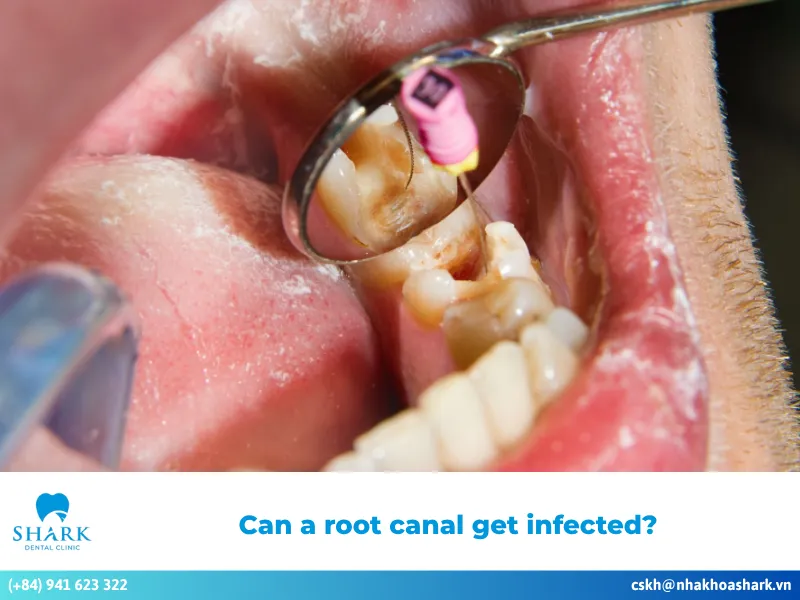Aesthetic braces help correct misaligned teeth, improve your smile, and support daily eating and living activities. However, many people wonder if they can eat cereal with braces. If you’re curious about this topic, read on for detailed information!
Can you eat cereal with braces?
According to experts, individuals with braces can you eat cereal with braces for breakfast or as a snack. However, there are some important guidelines to follow, such as cooking it thoroughly, avoiding hard cereals, and limiting sugary varieties.
Eating cereal carelessly or in excessive amounts can lead to several issues for those with braces:
- Detached brackets: Some hard cereals or whole grains require strong chewing forces, which can loosen brackets and archwires. This may interrupt treatment and result in additional time and costs.
- Tooth pain and sensitivity: Teeth with braces are more sensitive than those without. Overeating cereal can increase discomfort and sensitivity, especially in the first 2-3 weeks after getting braces.
- Difficulty with oral hygiene: Cereals are often processed into small pieces that can create fragments during chewing. These pieces can become stuck between teeth and brackets, leading to tartar buildup and making oral hygiene difficult, even with the best toothbrush for braces, increasing the risk of tooth discoloration and cavities.
- Higher risk of gum inflammation: Cereal fragments trapped in the archwire or brackets can irritate the gums, causing redness, swelling, or infection, which can negatively affect your overall oral health.
- Prolonged treatment time: Some patients tend to bite or chew too hard on cereal, which may cause brackets to loosen or fall off. In such cases, the dentist may need to readjust or even restart the orthodontic process, extending the treatment duration.
In Summary, People with braces do not need to completely avoid cereal but should consume it in moderation, chew gently, and choose the right type of cereal. Following a balanced diet and maintaining healthy habits will help ensure optimal orthodontic results and protect your oral health.
>>> Read more: Soft foods for braces
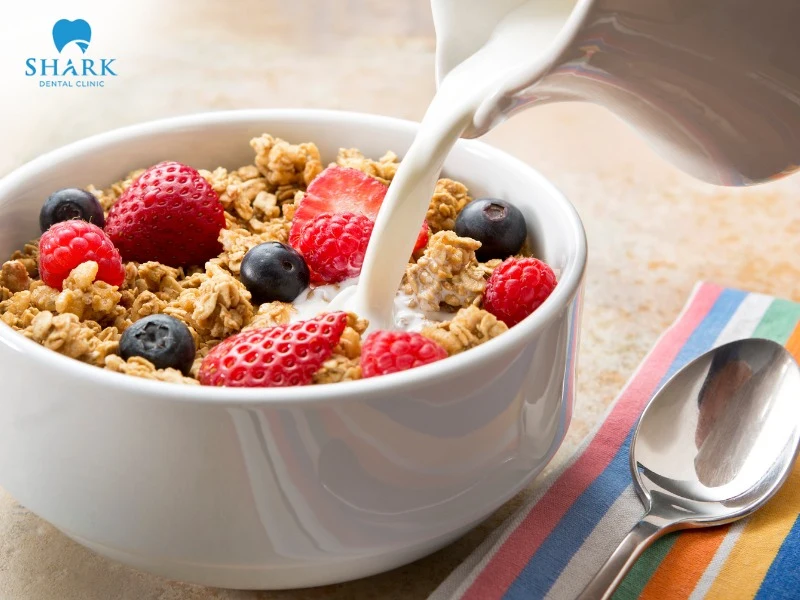
What grains can you eat with braces?
There are many types of cereals available for those wearing braces or undergoing aesthetic orthodontics. It is essential to choose soft, low-sugar options, often combined with milk or yogurt. Here are some suitable choices:
- Soft or cooked cereals: Opt for cereals that are cooked until soft or pureed to minimize pressure on orthodontic appliances. Soaking the grains for 15-30 minutes before cooking can help reduce preparation time. Mixing them with milk or yogurt can also make them easier to consume during treatment.
- Puffed cereals: These cereals are soft, airy, and easy to chew, making them an excellent choice for orthodontic patients.
- Instant cereals: Instant cereals are convenient and come in various flavors. They often contain many beneficial nutrients and are a good breakfast option for those with braces.
- Fine cereals: Made from rice flour, fine cereals are easy to chew and suitable for individuals wearing braces.
- Cereal porridge: Instead of eating cereal directly, you can try finely cooked cereal porridge. This option reduces pressure on orthodontic appliances, ensuring safety and effectiveness during treatment.
In conclusion, while cereal is rich in nutrients, those with braces need to select the right types and prepare them appropriately. This will facilitate a smooth orthodontic process and help maintain oral health.
>>> Read more: Can you eat chips with braces
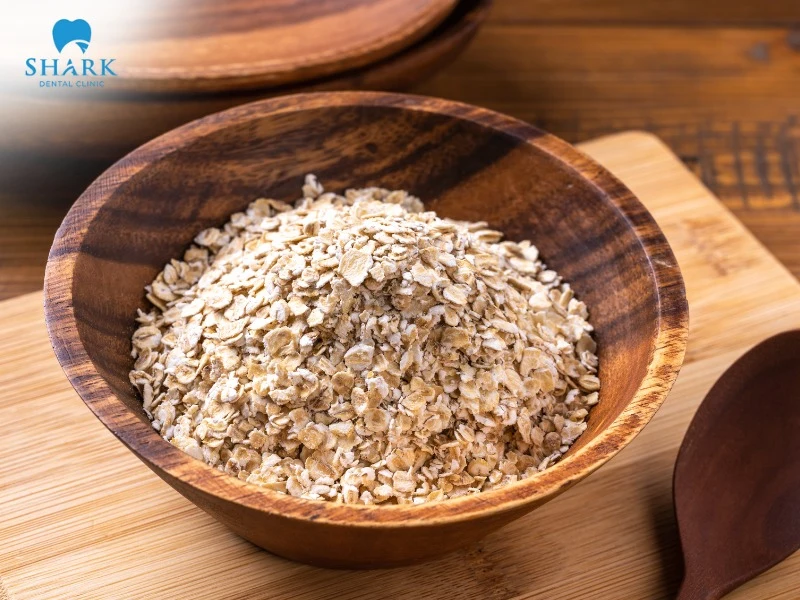
What grains should you avoid when wearing braces?
Many cereals can be too sugary or too hard, putting pressure on orthodontic appliances, potentially loosening brackets, and slowing down tooth movement. Therefore, while wearing braces, you should avoid the following types of cereal:
- Hard cereals: Hard cereals, such as granola, often contain dried nuts, crunchy baked sugar, and other tough pieces that can make chewing difficult. Biting down too hard can break cereal pieces, which may get stuck in brackets or shift wires out of place, affecting the braces’ effectiveness.
- Whole flake cereals: These cereals have a high crunch factor and can break into sharp fragments that may injure the gums and soft tissues in the mouth. If not cleaned properly after eating, food residue may increase the risk of cavities or gum infections.
- Whole grain cereals: Whole grains can splinter when bitten too firmly, potentially dislodging brackets. Fragments can also become trapped between teeth and braces, making oral hygiene more challenging.
- Sugary cereals: Cereals that are high in sugar or have a milk coating can leave residues in the mouth, creating a favorable environment for bacteria to grow, which increases the risk of tooth decay and gum disease.
In general, individuals with braces should limit or avoid overly hard, crunchy, and sugary foods. Following your orthodontist’s dietary guidance will help ensure teeth move into the correct position faster and protect your oral health.
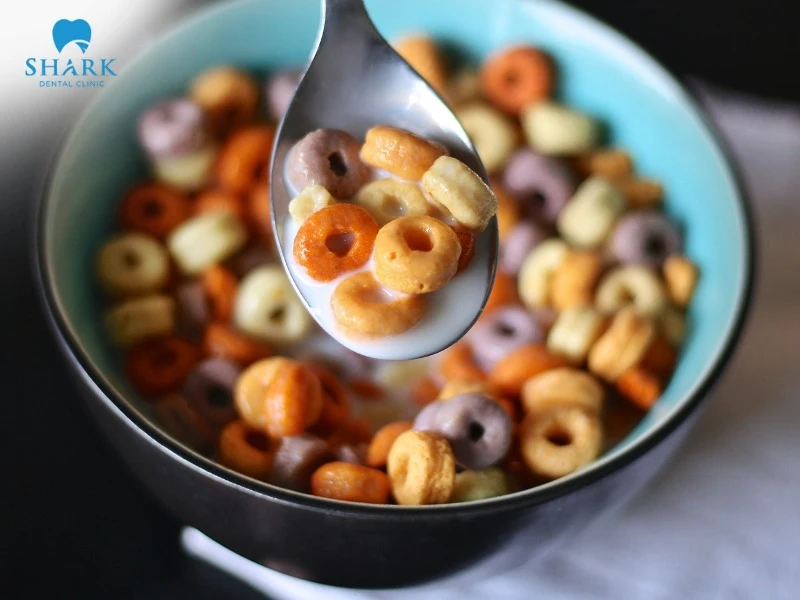
Tips for choosing cereals when you have braces
Cereal is a nutritious and popular option, even for those undergoing orthodontic treatment. To maintain the effectiveness of your braces and avoid prolonging your treatment, here are some helpful tips for preparation:
- Soak cereal before eating: Soak your cereal in water for 15-30 minutes, depending on the type. This softens the texture, reducing pressure on your teeth and making it safer to chew with braces.
- Remove hard toppings: If your cereal contains toppings such as nuts or crunchy add-ins, remove them to avoid the risk of damaging the brackets on your braces.
- Limit sugar: Choose sugar-free or low-sugar cereals. You can also pair your cereal with unsweetened or low-sugar yogurt to help minimize the risk of cavities.
Additionally, after eating cereal, it’s important to pay close attention to your oral hygiene. Use a soft-bristled toothbrush, a water flosser, and dental floss, along with mouthwash, to thoroughly remove any cereal residue.
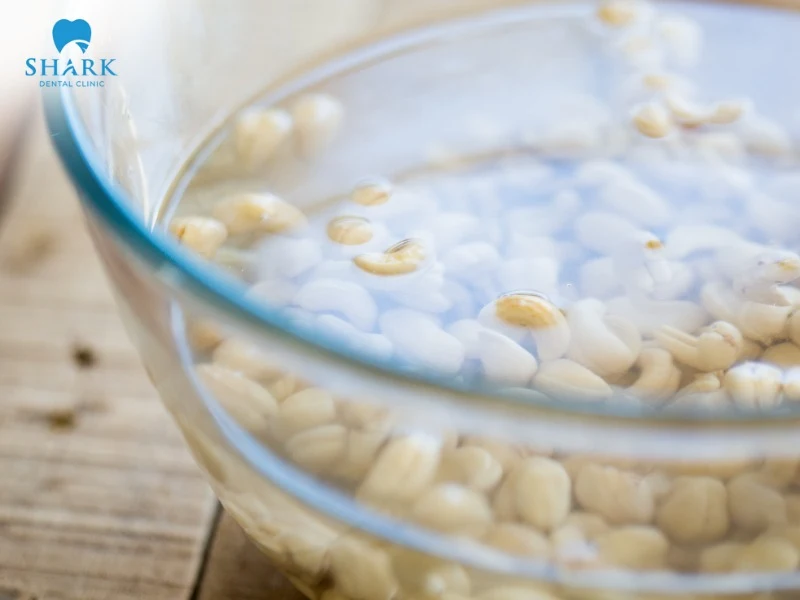
The information above addresses whether can you eat cereal with braces and how to prepare it properly. Hopefully, this guide provides you with useful tips for planning a healthy daily diet that supports a smooth and effective orthodontic process.





